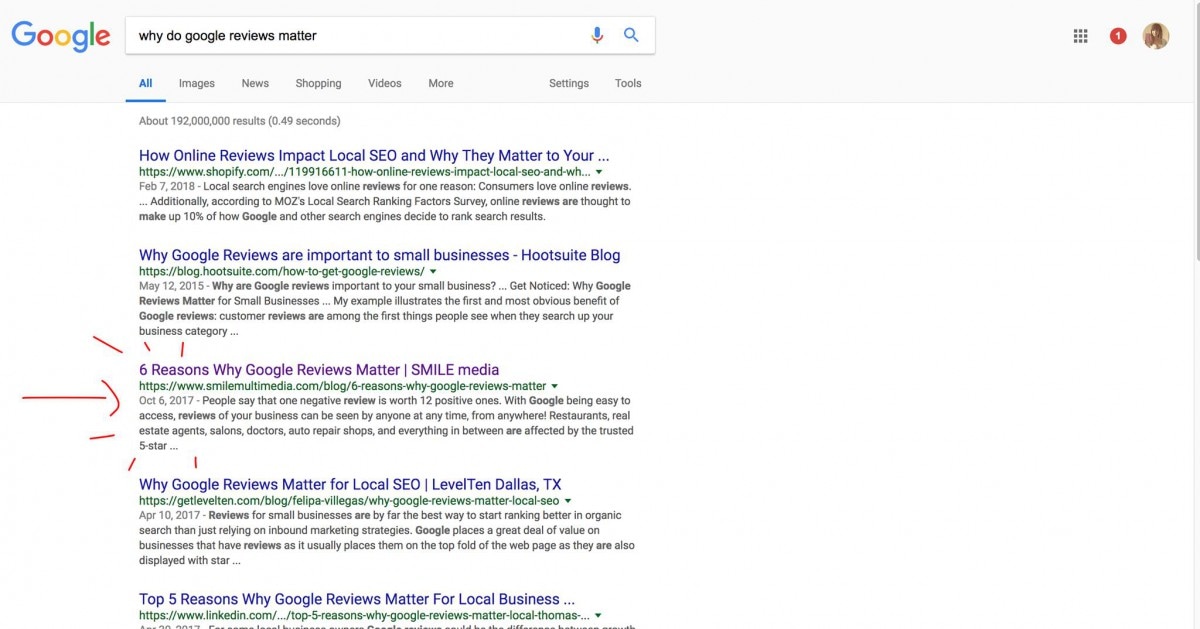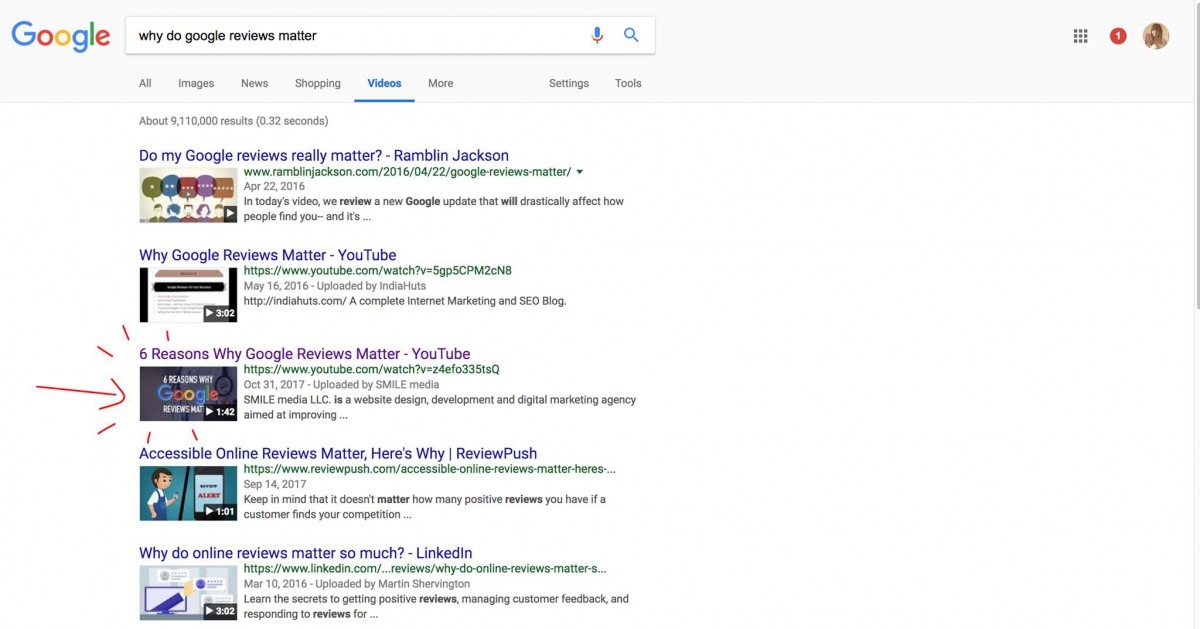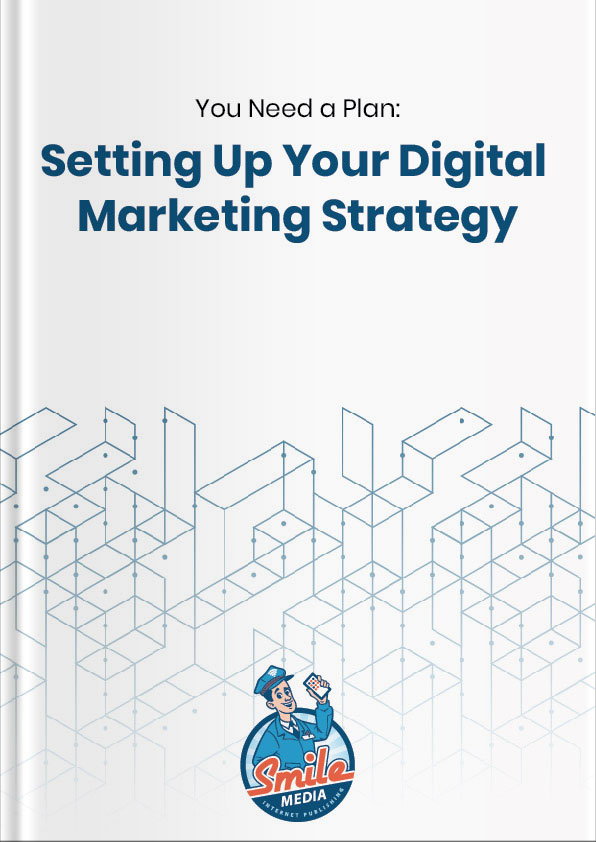With every great movement, there are skeptics. Never in history has a successful new idea been bombarded by skeptics saying “it won’t work!”. Back in the very late 1800s when the first few several minute long silent black and white films were produced, many were charmed by the whimsical productions. There were, however, a few skeptics that continued to hold books in higher regards than movies, arguing that they’re more imaginative than these. Yet progress and change across all aspects of life are inevitable, and video related industries are now cash cows just over 100 years later.
According to Statista, the movie industry is projected to be worth $50 billion by 2020. Clearly, video has come a long way in a short time. However, we are going to discuss Digital Video Marketing, which according to Forbes was labeled an industry worth $135 billion as of 2017 in the U.S alone. This industry is basically a runaway train, expected to grow exponentially in coming years. Let’s see how the Digital Video Marketing industry compares to traditional written articles and infographics.
The Benefits of Articles in Business Blogs
1. It Helps Drive Traffic to your Website
You already have loyal customers visiting your site when they needs your services, but that’s not enough. You want to generate more traffic to your website and build up your customer base.
There is a wrong way to do this:
You could buy an email list and spam those people with your offers. This is sure to get you blacklisted by Google, and this is illegal to do in the first place.
There is an expensive but effective way to do this:
You could buy ad-space on Google, but if you’re unsure how to do this effectively you could just be throwing money out the window.
And there is a relatively inexpensive, but time-consuming way to do this:
You could write your own articles for a blog on your website, or hire someone to write articles for your website’s blog.
Definitely, do not do the first one! Nobody enjoys spam emails, and if you send out too many, Google will put your emails in the spam folders of everyone you have emailed. This is called getting blacklisted. Definitely consider buying ad-space, but don’t do it without discussing a PPC marketing strategy with the Best Boston Digital Agency. Lastly, it’s imperative to have a blog with new articles submitted to it weekly. Even having one new article per week is better than not having a blog with articles at all. Plus, Google has an algorithm that reads the words in your articles to better determine if it’s the answer one of their users is searching for.
Simply put, the more pages you have on your website, the more likely your website is able to rank in Google. Every article you upload adds another page to your website.
2. It Helps Convert Traffic into Leads
According to Hubspot’s marketing funnel technique (Attract, Convert, Close and Delight), creating articles to attract leads is just the beginning. The articles in your blogs should always have a call-to-action button or link to get your users to convert (e.g submitting their email to your database). After this is done, you can occasionally send them an email to get them to close to offer. If they are delighted with your products, they will likely share your business with their peers because they were satisfied with your products or services.
3. Articles offer Long-Term Results
According to Hubspot, about 70% of the traffic each month on their blog comes from posts that weren't published in the current month. They come from old posts. This means that as long are your article remains indexed on your website, it will be registered somewhere in Google (hopefully on the first page!) Smile Media does an excellent job of researching keywords to make sure our articles get on the first page, like this one pictured below:

Here is a link to the Google Reviews article we wrote. As for articles, we recommend writing between 1,000-2,000 words on a topic related to your industry per each article. However, there is a lot more to ranking in Google than just amount of words per article. If you’re not sure where to start, contact us about our copywriting services.
What is an Infographic?
Infographics are “a visual image such as a chart or diagram used to represent information or data” In other words, an infographic gathers data, organizes it, and turns this information into an easy to understand and appealing visual image.
Studies show that 90 percent of the information that we remember is based on visual impact. Currently, billions of content are literally being generated every minute. With that being said, it’s a good call to give your content a reason to stand out.
So, why and how are these graphs so beneficial?
The Benefits of Infographics
1. They Increase Brand Awareness & Reach
Since infographics are so visually appealing, they are often more shared than a simple world-only article. This sharing mechanism that all social media sites have is a great way to market without expense. If your website or blogs do not have a share button, you’ll need to make sure you install one! Allowing people to share your post increase Brand Reach.
To raise Brand Awareness, you should design an infographic with consistent colors, shapes, and messages, along with your logo. Make the information useful for your target audience, that way they’ll want to share it.
2. They Improve SEO
A well-designed and aesthetically pleasing infographic will drive people to your site, this is because it catches their eye. They see it, they like it, they click on it and then they are finally on your site. Perhaps the Infographic linked back to the article is was posted in on your site, and that article has a call to action button that will lead your lead into offering up their email address so you can promote offers.
Infographics are also more likely to get links from other sites when people share your infographic. Both increased traffic and increased back links are great for SEO.
3. Infographics Help You Connect With Your Audience
Infographics are a fun and engaging way to create a unique connection with visitors to your site, social media page or other online location that has featured your infographic. Infographics are geared towards educating your target demographic about a relevant product, service or topic. Infographics aren’t typically used to sell a product or service but to give the implication to the user that it’d be helpful for them at some point in the future. If you play your cards right in the Infographic game, this can definitely pay off later.
And last but not least, the topic you have been waiting for…
The Benefits of Videos
1. Attract an Audience of Visual Learners (a.k.a everyone!)
Between Snapchat, Facebook, and YouTube, there are 22 billion daily video views. According to RenderFX, 46% of those viewers take some sort of action after watching a video, such as sharing it or clicking on a link in the description. On top of that, after watching a video on a specifically searched product or service, customers are 64% more likely to purchase the product or service.
Video Fun Fact: Replacing an image with a video on a landing page increases conversions by 12.62%.
2. Videos Lead to More Engagement
Real Estate listings that include a video receive over 400% more inquiries than those who don’t. That’s wild! This is a good example of just how powerful video is when compared across an industry. Just be careful though, there’s an art to video making. RenderFX says “5% of viewers will stop watching a video after 1 minute and 60% will stop watching by 2 minutes.” You should absolutely have different lengths of video on your site, but make sure your home page videos are “to the point.”
Video Fun Fact: Visitors who view videos stay on websites an average of 2 minutes longer than those who don’t.
3. Google Loves Videos
If you have video on your site, you are 53x more likely to rank on the first page of Google than a competitor that doesn’t! Since Google now owns YouTube, there’s been a significant increase regarding how much videos affect your search engine ranking. Smile Media recommends optimizing your YouTube video by providing interesting titles and short, to-the-point descriptions. Definitely add a link back to your website’s products or services in the description, along with necessary contact information.
YouTube Tip: In the tags section, make sure you enter long-tail keywords. If you’re a dental office, you could put in a long-tail keyword such as “Best dentist in Boston”, so that your video can begin ranking for it.
Video seems like the way to go, right? It clearly does the most work out of all the options, right? Well, yes, and no. You could just do video, but then you’d be missing out on the wonderful opportunities both Articles and Infographics provide.
The Best SEO Advice You Will Ever Receive - Use All Three
1. Google Reads Words in Articles
By providing header tags, Google can read every word in the articles you write. In doing so, there’s a chance you can become a SERP feature. SERP features appear as the number one result on the first page of Google, giving you the upper hand in getting more traffic to your website.
2. Infographics Make Data Fun
Giving your audience infographics allows them to easily visualize the information you have written about in your article. It’s also more compelling to share to social media than just an article. Lastly, it’s easier to find the data later over skipping through a long video trying to find the exact piece of information.
3. Add Video To Complete the Trinity
Video is certainly the powerhouse of ranking, but you will not rank as well as a competitor that uses all three methods to improve their SEO. Pictured below is one of the videos Smile Media has created and already ranks as #3 for the Video listings on Google:

Because we made this video, it has helped the article we wrote rank up too.
Wow, what a ton of info, right? Well, there’s always more! You can read through our blog to learn more about various marketing and web development tips. Or if you have read enough and would like to begin creating an effective see marketing strategy you can ask the Best Boston Digital Agency to get you started. We have ranked on Google, and we can get you up there too!
SMILE media is made up of a diverse team of professional Digital Marketers in Boston, MA, Exeter, NH, and Dover, NH. Contact us today for a complimentary consultation.








